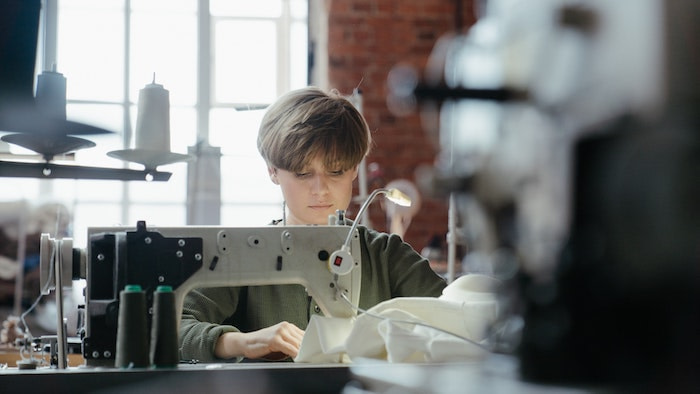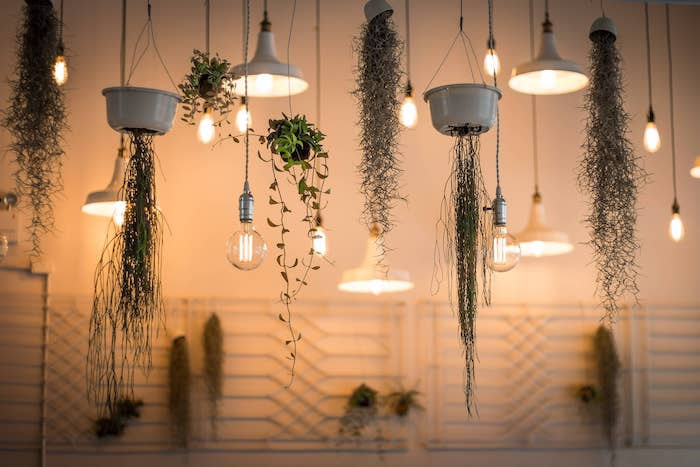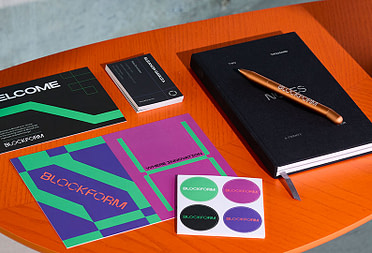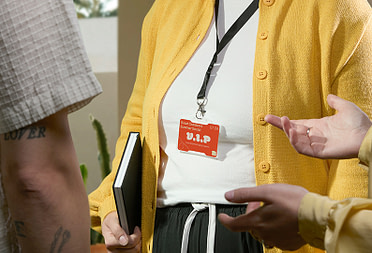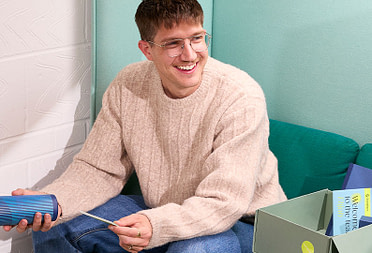How to make your small business more sustainable
From sourcing to packaging, check out our tips to make your small business greener.

Everyone has a part to play when it comes to protecting the planet – and it comes as no surprise that the most environmentally-friendly companies are not necessarily the biggest ones. Even as a small business, you can help reduce your carbon footprint by introducing a few principles in your day-to-day activities.
Where to start? From sourcing to packaging and communications, check out our tips to make your small business more sustainable.
Source it right
The first step to becoming a more eco-friendly business is choosing the right suppliers. It’s the absolute essential for any company big or small when it comes to sustainability. Here’s what to look for when choosing a supplier for your business:
- Materials. It’s the most obvious one. Make sure your supplier is using sustainable, quality materials that are easy to trace, especially if you’re sourcing a transformed product from them as opposed to raw materials.
- Ethics. Sustainability and ethics go hand in hand. Calling yourself an environmentally conscious company should also mean you’re partnering with suppliers who treat their employees fairly and offer good working conditions.
- Clean energy and recycling. People and materials are key to identify a good supplier, but their workplace is also a big part of their environmental impact. Using clean energy and having a good recycling program both for manufacturing waste and machines is essential.
- Shipping. Is your manufacturer or supplier making any efforts to reduce emissions from transportation? Keep in mind that ordering from all the way across the globe will have a big impact on your carbon footprint, even if your supplier is otherwise an environmentally friendly company.
- Certifications. Look out for certifications to ensure your supplier is being fully compliant and transparent with you about the above points.
Think green energy
Whether you sell your products in a shop or you work from an office, there are many ways becoming more energy efficient can benefit your company. First, it helps you protect the planet. But it’s also a great way to reduce your energy bill, especially as a small business with limited resources. So, what does an eco-friendly company look like, energy-wise? Energy-efficient appliances, for a start. You can also switch to LED lights and use smart solutions like sensor-activated lights and smart thermostats.
Did you know green web hosting services are also a thing? Because websites use a lot of energy, because your data has to be stored somewhere. Many environmentally friendly companies, like Green Geeks, are now offering solutions to offset the carbon footprint of your data usage.
Reduce waste
Packaging is often the main culprit when it comes to waste. Finding recycled and recyclable (or even better, compostable) packaging materials is now much easier than it used to be, from envelopes to clear bags and bubble wrap. Think minimalist. Do you really need that many layers of plastic to protect your product? Is there a smarter way to make sure it reaches its destination safely? Using recycled materials to wrap and protect your products doesn’t mean it will look “cheap”. Not only does it help you become a greener business, it also gives a more personal touch to your products.
If you have that possibility, making products to order is also a great way to reduce waste… and storage needs! It also gives your customers a sense of exclusivity as each product is made just for them. Despite your efforts, if you produced too much of an item and you’re ready to launch a new collection, or if there is any little issue with some of them, think twice before you chuck them away. Try offering them at a reduced price or giving them as freebies in your next orders. Chances are you’ll make some very happy customers!
Discover how Óura Candles reduced waste by selling her not-so-perfect candles at a reduced price as “Ugly Ducklings” range here.
Offset your emissions
As committed to becoming a more eco-friendly company as you might be, some carbon emissions can be difficult to reduce as a small business. Fortunately, this doesn’t mean you’re out of options. You can choose to sell through a marketplace that offsets carbon emissions for you, like Etsy, or choose how you want to offset your emissions yourself.
Some organizations offer the possibility to purchase carbon offsets to make your business more neutral. These “carbon marketplaces” let you calculate your footprint and balance out your emissions with different projects. There are many organizations like this around the world – make sure they are certified before committing to one. Native, MyClimate and 3Degrees are some of the most reputable amongst them.
Manage expectations
As an eco-friendly business, the way you communicate with your customers is very important. First, because eco-conscious customers will be more likely to purchase from you if they recognize your efforts to become greener. But clarity and transparency about the way you conduct business are also essential to retain customers and justify your practices as an environmentally conscious company.
One of the most important elements you should communicate about is your costs. If you’re committed to becoming a greener, more ethical business, chances are this will increase your production costs – and thus your prices. Communicating clearly about your pricing model and the principles that are driving it is essential for customers to understand where the mark-up comes from.
You should also make it clear to your customers that buying from a sustainable small business might mean a slightly different experience from a big retailer’s. It’s all about managing expectations. If you make products to order, next-day delivery is usually not an option as it’s likely to take longer to get them ready to ship. In the same way, if you’re recycling paper to wrap your products, it might be perceived as negligent by a customer who’s used to overpackaging by big high-street retailers. Make sure your customers understand why you’re doing things this way as well as the positive impact they’re having by shopping with you.
Start your journey to sustainability and become a greener business with our tree-free, 100% recycled Cotton Business Cards.
Keep in touch
Get design inspiration, business tips and special offers straight to your inbox with our MOOsletter, out every two weeks.
